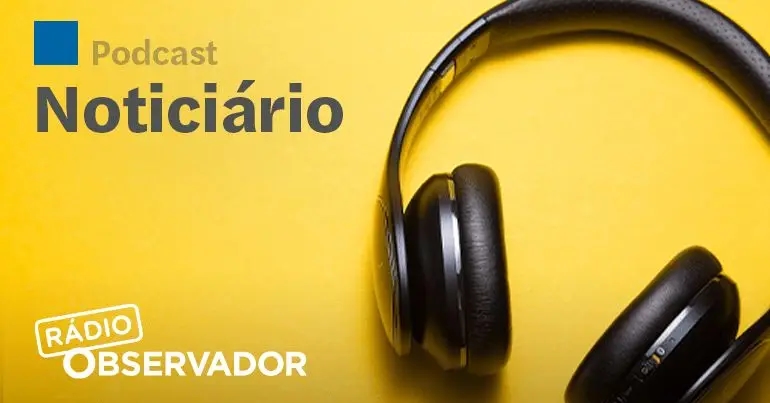Public transport is not promoted with "stuck buses"

Transportation planning expert Cecília Silva says it's counterproductive to have people use public transportation if they're stuck in traffic, advocating for the redistribution of public space in cities.
"Public space in the city is limited, and for multimodality to exist, it needs to be redistributed among the various modes [of travel]. We can't expect people to use public transportation when buses are stuck in traffic," Cecília Silva, a professor at the Center for Territorial, Transport and Environmental Research (CITTA) at the Faculty of Engineering of the University of Porto (FEUP) and the Faculty of Science and Technology of the University of Coimbra (FCTUC), told Lusa.
For the expert, interviewed by Lusa regarding the local elections on October 12, "traffic is a systemic problem" in Portuguese cities, the solution to which will be to "change the paradigm of how mobility is organized," especially since the car is the most "inefficient" form of travel in urban areas.
"It's more than proven that we can't solve mobility problems by focusing solely on one mode of transport," he points out, with the diversification of modes having been studied "since the 1970s" and "the entire European context for financing multimodality" being set up "at the end of the last millennium," but Portugal missed "that train."
Cecília Silva points out that “car usage rates have already reached such high levels” that there is now “difficulty understanding how life could be different – or rather, could be the same – without cars”, and there is “resistance to moving forward with these diversification policies” because they imply a reduction in their use, something associated with the concept of motonormativity.
If it was once synonymous with freedom and the ability to choose where to live, today the daily use of cars can be a reflection of urban sprawl – which Cecília Silva believes is "behind most congestion problems" – exacerbated by housing prices, which are "pushing people out" of cities, forcing them to travel more.
"We can't look at current modal choices and assume they are choices. They aren't, because in reality there are no alternatives," he acknowledges.
For Cecília Silva, these alternatives involve "redistributing space to achieve increased efficiency" on public roads, allowing "more people to cross that space if it is distributed across multiple modes, because both the bus and the subway, but also more gentle solutions like walking or cycling, transport more people per hour in that section" than cars, which "benefits everyone," including motorists who will experience less traffic.
"While there will be people who have to come from far away, from places where they have no alternatives, there will always be people who come from closer or who come from a place where the metro serves and who have other alternatives and who will not use them while the system is geared only towards cars," he says.
For the expert, it would be enough to have "a modal split of 10%" of people cycling, "which is negligible" compared to several European cities (in Portugal it was less than 1% in 2021), to "have an equivalent reduction in the number of cars that would be on the streets", recalling that in the 50s, 60s or 70s there were many and "no one would say that culturally Portugal was not a bicycle".
“Women riding bicycles was considered a cultural revolution to assert themselves,” she recalls.
If the paradigm in the 1970s was already multimodality, today the city is discussed on a human scale, sometimes associated with the '15-minute city' of urban planner Carlos Moreno, whose concept “is nothing more (…) than the translation of the importance of proximity in people's lives”, because “what really matters to people is quality of life, and there are many ways to achieve it that are not necessarily through mobility”.
At stake is accessibility, that is, “the ease with which a person can participate in the activities or actions they want to participate in,” such as going to work, socializing, or shopping, because “people would be equally happy if they could have things without having to travel.”
The association of quality of life with mobility, based on "the principle that people, to be happy, need to move at high speed", goes against the grain of "many cities across Europe that are reducing the speed of movement".
"Quality of life is being able to leave home and not be in front of a five-lane road or a speed limit of 50 or sometimes 70 kilometers per hour" or "the child being able to walk to school because it's close by and the parent not having to worry" about the "aggressive urban environment", without "fear that the child might die in a traffic accident".
observador





